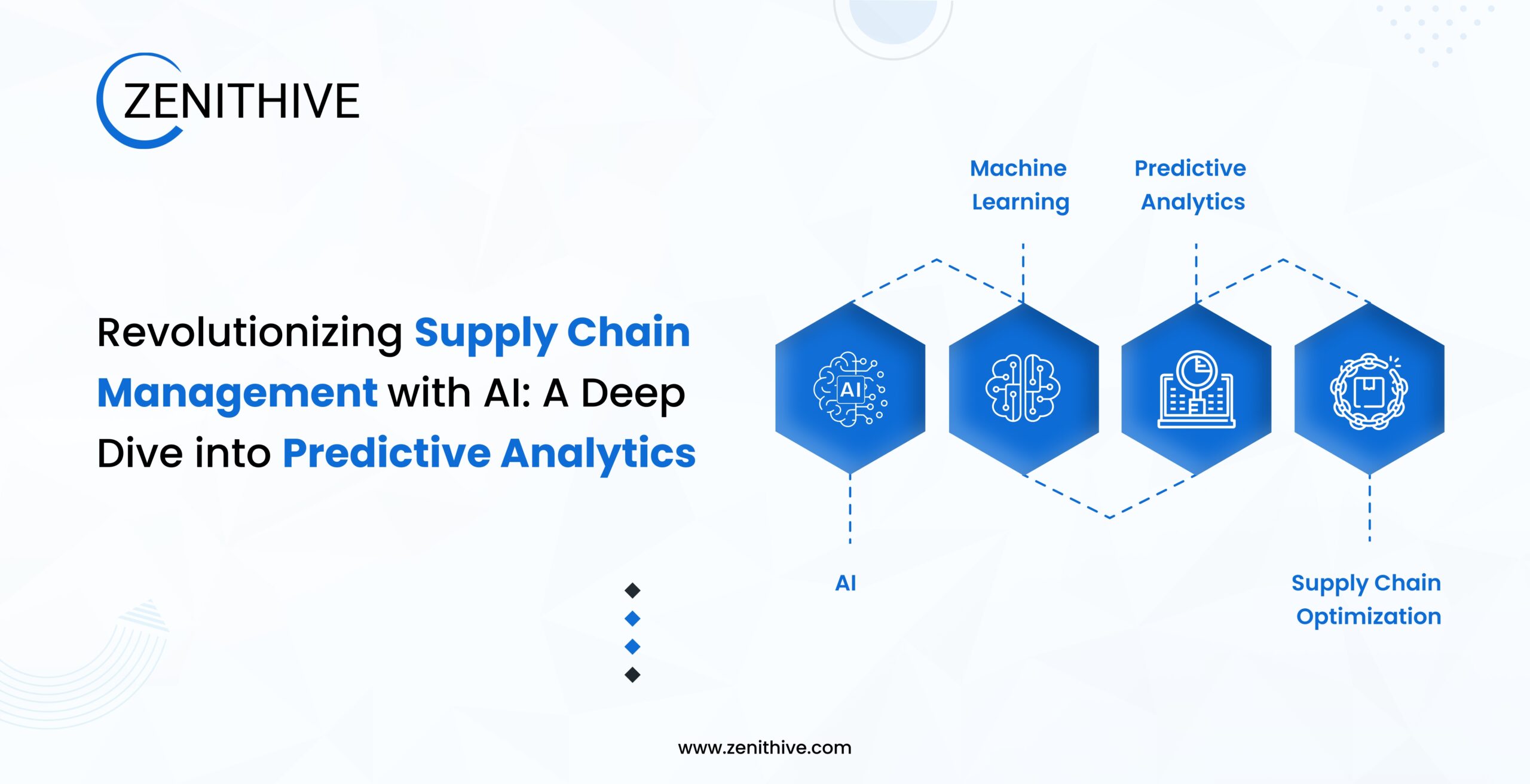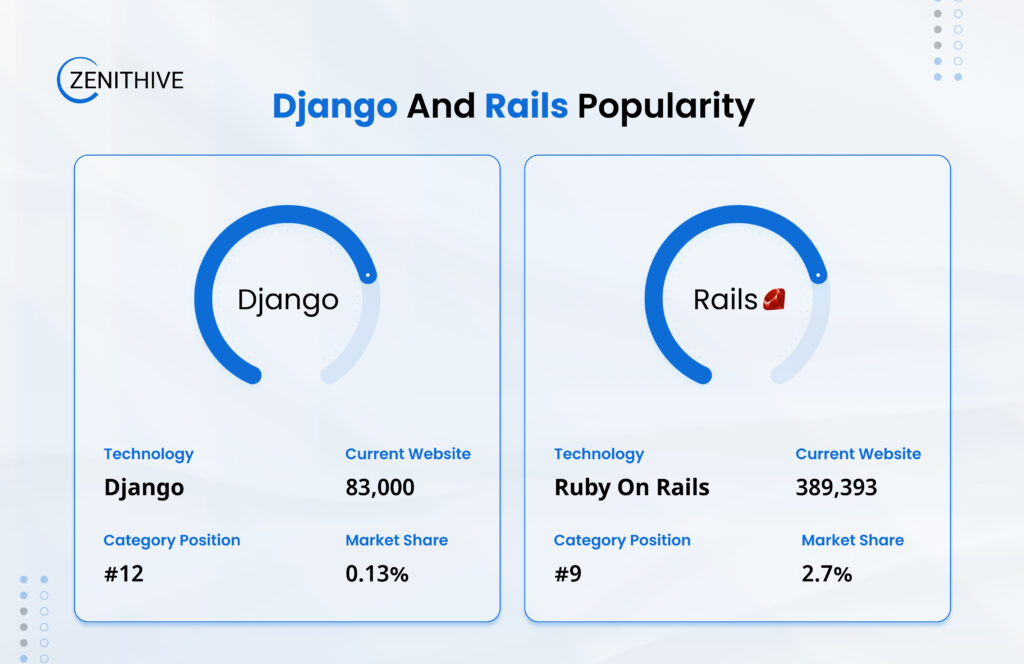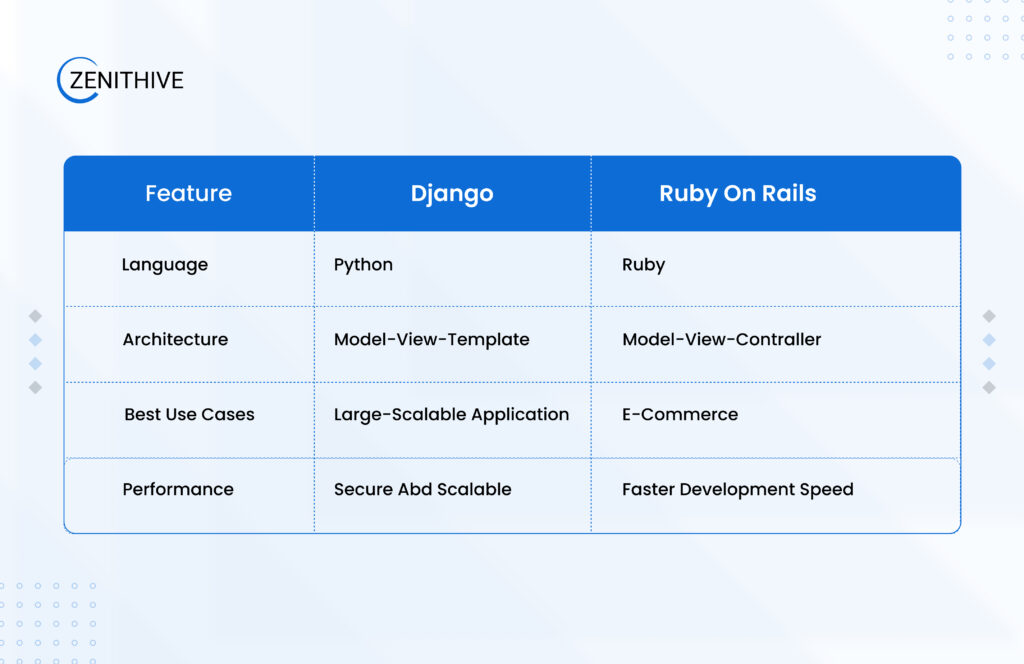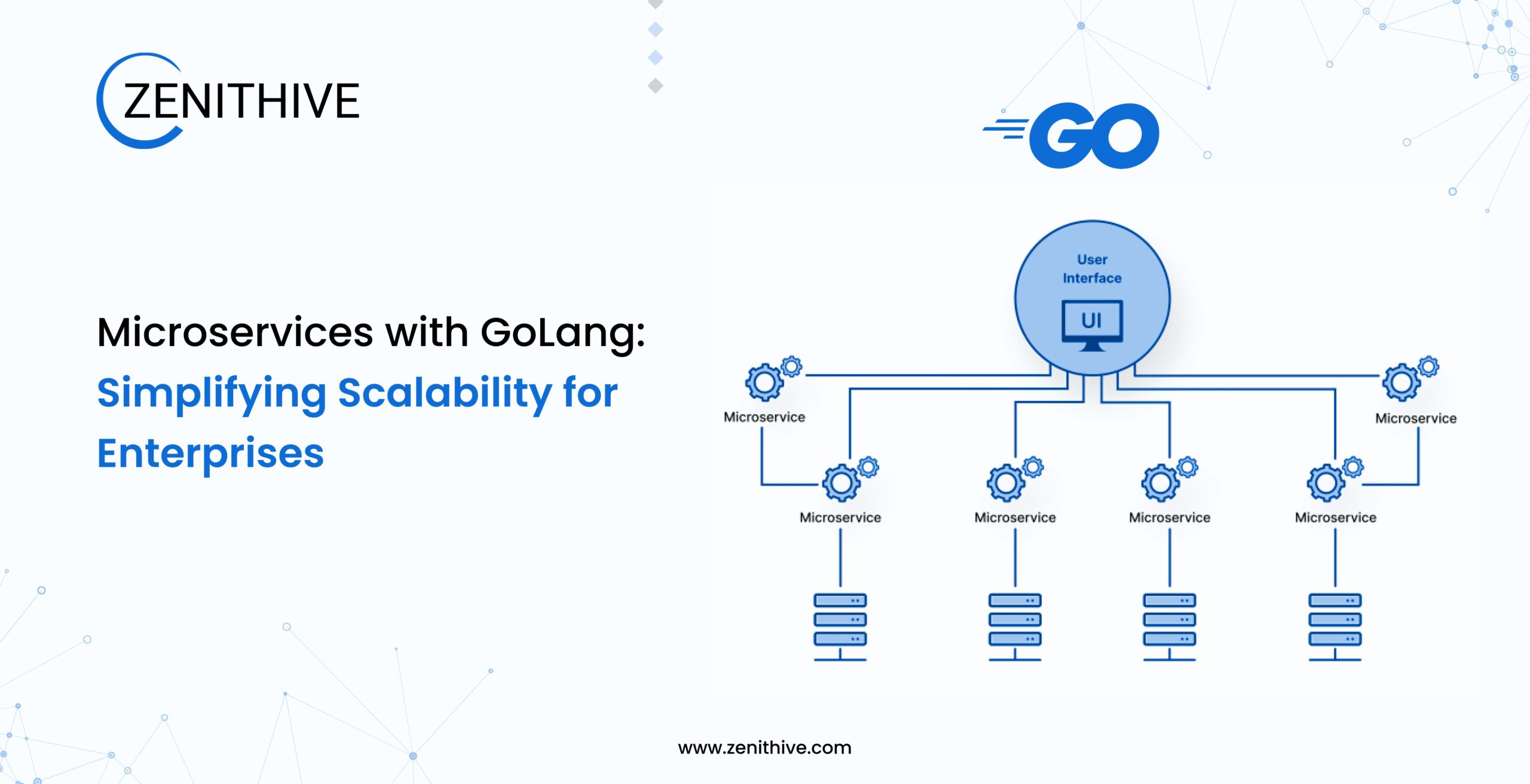Golang for Fintech & Banking: Why It’s a Secure & Scalable Choice

Why are leading fintech and banking giants like PayPal, Stripe, and Monzo choosing Golang for their mission-critical systems? The answer lies in Golang’s unique ability to combine security, scalability, and performance, three pillars that are non-negotiable in the fast-paced world of financial technology.
In this blog, we’ll explore why Golang is the go-to language for fintech and banking, backed by real-world examples and actionable insights. Whether you’re building a payment gateway, a fraud detection system, or a real-time transaction platform, Golang might just be the solution you’ve been searching for.
Why Fintech & Banking Need Secure and Scalable Solutions
The fintech and banking industry operates in a high-stakes environment. Here’s what makes it unique:
- Security: Financial systems handle sensitive data like credit card details, social security numbers, and transaction histories. A single breach can cost millions and damage trust.
- Scalability: With global transactions growing exponentially, systems must handle thousands, or even millions of requests per second without breaking a sweat.
- Real-time processing: Customers expect instant payments, real-time fraud detection, and seamless experiences.
Did you know? In 2022, the global fintech market processed over $4 trillion in transactions. This staggering volume demands robust, secure, and scalable technology.
Golang’s Security Features for Fintech & Banking
Golang is designed with security in mind. Here’s how it helps fintech and banking systems stay secure:
- Memory safety: Golang’s garbage collection prevents memory leaks, a common source of vulnerabilities.
- Strong typing: Reduces runtime errors and ensures data integrity.
- Concurrency model: Goroutines and channels eliminate race conditions, a major security risk in multi-threaded applications.
- Cryptographic libraries: Golang’s standard library includes packages for encryption, hashing, and secure communication.
Real-world example: PayPal uses Golang to handle over 1 billion transactions daily. Its secure concurrency model ensures that sensitive data is processed without breaches.
Golang’s Scalability for High-Performance Financial Systems
Scalability is where Golang truly shines. Here’s why:
- Goroutines: Lightweight threads that allow thousands of concurrent tasks to run efficiently.
- Fast execution: Golang is a compiled language, offering performance close to C/C++.
- Microservices-friendly: Golang’s simplicity and speed make it ideal for building scalable microservices architectures.
Case in point: Monzo, a UK-based digital bank, uses Golang to power its backend. During peak hours, it processes over 1,000 transactions per second without breaking a sweat.
Real-World Applications of Golang in Fintech & Banking
Golang isn’t just theoretical, it’s powering some of the biggest names in fintech and banking:
- Stripe: Uses Golang for its payment processing and API infrastructure.
- Revolut: Relies on Golang for real-time transaction processing and currency exchange.
- American Express: Leverages Golang for fraud detection systems.
These companies trust Golang because it delivers speed, security, and scalability, all critical for financial systems.
Comparing Golang with Other Languages in Fintech
How does Golang stack up against other popular languages? Let’s break it down:
| Feature | Golang | Python | Java | Node.js |
|---|---|---|---|---|
| Performance | High (compiled language) | Moderate (interpreted) | High (JVM) | Moderate (event-driven) |
| Security | Strong (memory safety, strong typing) | Moderate (dynamic typing) | Strong (JVM security) | Moderate (JavaScript) |
| Ease of Development | Simple syntax, fast compilation | Easy to learn, slower execution | Verbose, complex syntax | Easy to learn, callback hell |
Golang strikes a balance between performance, security, and ease of development, making it a top choice for fintech.
Practical Insights: How to Get Started with Golang for Fintech Projects
Ready to explore Golang for your fintech or banking project? Here’s how to get started:
- Assess your needs: Identify areas where Golang’s strengths, security, scalability, and performance, can add value.
- Build a proof of concept: Start small with a pilot project to test Golang’s capabilities.
- Leverage existing tools: Use Golang’s rich ecosystem of libraries and frameworks to speed up development.
Pro tip: If you’re migrating from another language, Golang’s simplicity makes the transition smoother than you might expect.
Common Challenges and Solutions
Implementing Golang isn’t without hurdles:
Learning curve challenges
- Developers coming from object-oriented languages need time to adapt
- Solution: Pair programming and incremental adoption
Legacy system integration
- Many financial institutions have decades-old systems
- Solution: Go excels at creating APIs and adaptors for legacy code
Talent acquisition
- Finding experienced Go developers can be difficult
- Solution: Growing internal talent and leveraging the active community
These challenges are temporary and outweighed by long-term benefits.
Implementation Guide: Getting Started
Ready to explore Go for your financial application? Here’s how to begin:
- Start small – Create a non-critical microservice as proof of concept
- Use proven frameworks – Consider these financial-friendly options:
- Gin for API development
- GORM for database operations
- Go-kit for microservices
- Focus on testing – Use Go’s built-in testing framework for:
- Unit testing
- Benchmark testing
- Stress testing
- Monitoring matters – Implement:
- Prometheus for metrics
- OpenTelemetry for tracing
- ELK stack for logging
- Build CI/CD pipelines – Go’s fast compilation makes it ideal for continuous delivery
Banking-specific tools like Alpaca (for trading APIs) and go-money (for currency handling) can accelerate development.
Conclusion
Golang is more than just a programming language, it’s a strategic choice for fintech and banking companies that prioritize security, scalability, and performance. From PayPal’s transaction processing to Monzo’s real-time banking, Golang has proven its worth in the most demanding environments.
So, is your fintech or banking system ready to handle the next billion transactions securely and efficiently? Golang might just be the answer.
Let’s Build Your Next Fintech Solution with Golang
At Zenithive, we specialize in building secure, scalable, and high-performance fintech solutions using Golang. Whether you’re starting a new project or optimizing an existing system, our team of Golang experts is here to help.
Ready to take the next step? Contact us today to discuss how we can bring your vision to life with Golang.













